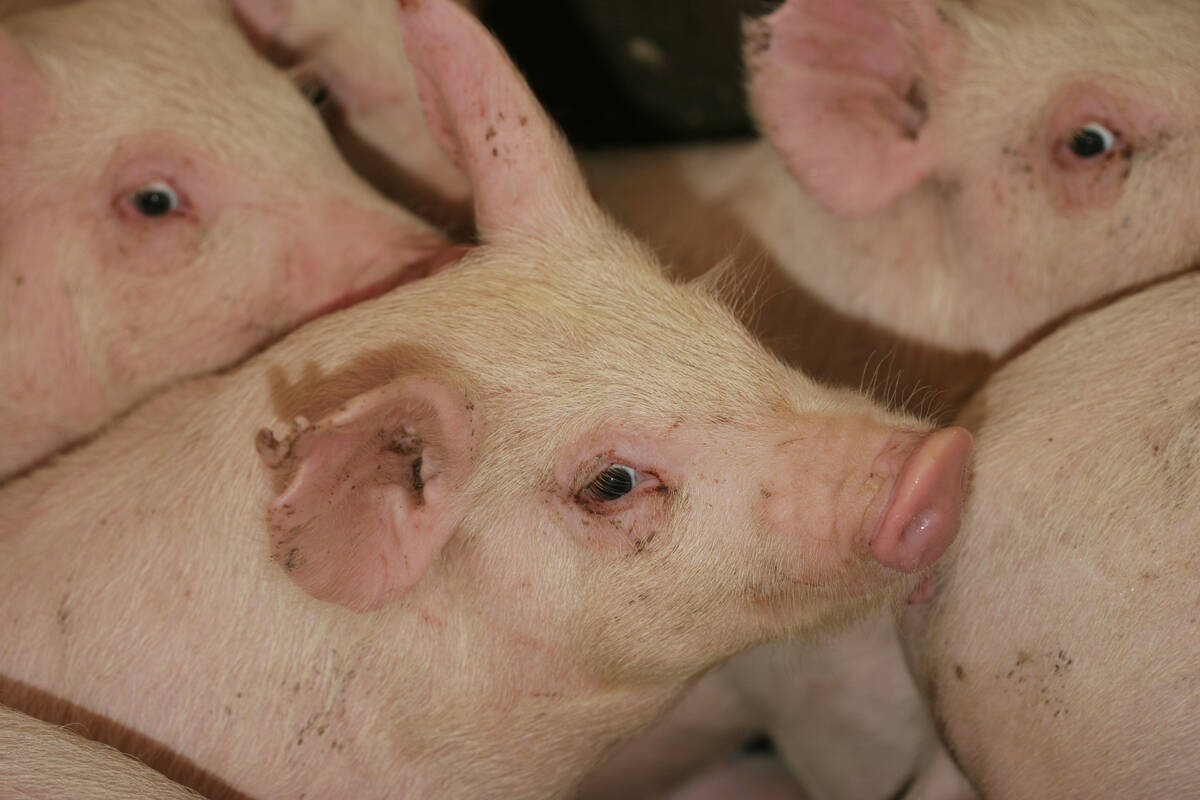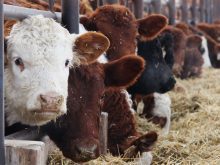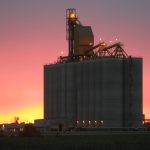PHOENIX, Ariz. – Bovine viral diarrhea virus was identified more than 60 years ago and remains a confounding disease for livestock producers.
At an international symposium on BVD, producers said they have noticed a greater than normal number of sickly or dead animals.
The disease has been found throughout the world and is responsible for economic losses through decreased performance, loss of milk production, poor reproduction and death.
There are three types of infection:
- Acute infection or primary BVD causes a slight fever and the development of antibodies. It may go unnoticed. A more serious form includes fever, depression, decreased appetite, eye and nasal discharge, oral ulcers, diarrhea or death. These symptoms can lead to secondary infections.
- Fetal infections occur when a pregnant cow catches the virus or a persistently infected female becomes pregnant. The fetal infection depends on the strength of the virus and the stage of pregnancy. This may cause abortions, birth defects or a persistently infected calf if it survives.
- In a persistent infection, fetuses are infected at 50 to 120 days of gestation. If the calf is born alive, it becomes a lifelong carrier of the disease. It may look normal but will likely not grow well and be culled or die before adulthood. There is no cure for persistently infected animals.
Read Also

The Western Producer Livestock Report – September 25, 2025
The U.S. national live price average for barrows and gilts was $81.21 Sept. 17. It was $78.37 Sept. 9. U.S. hogs averaged $106.71 on a carcass basis Sept. 17, up from $106.10 Sept. 9.
The disease is spread by direct contact with body fluids from persistently infected cattle.
BVD is estimated to cost producers $14 to $25 per cow per year. Costs of infection in feedlot cattle are $41 to $94 per animal.















